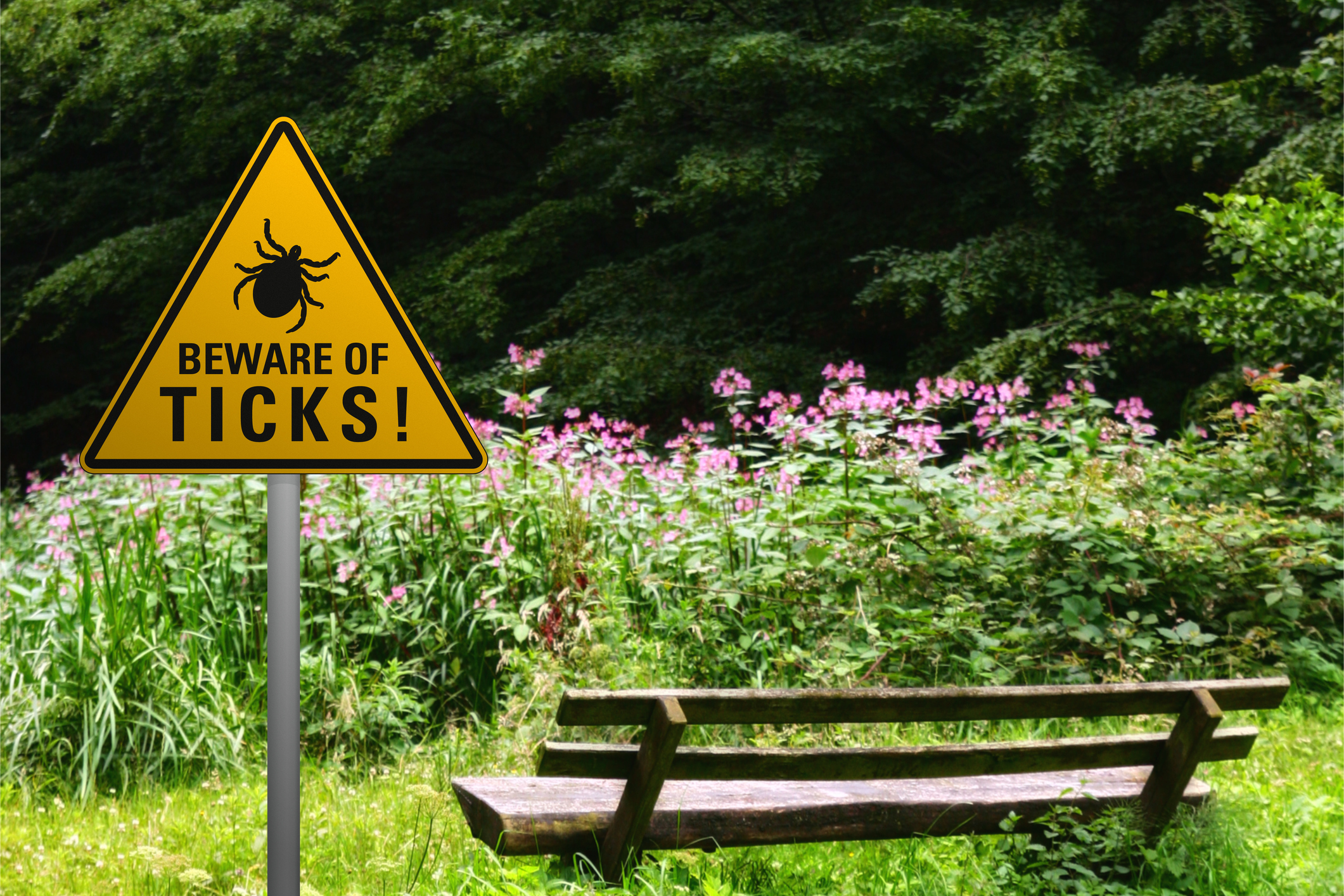
Outdoor fireworks, backyard BBQs, and late night swims. Lyme disease is a common concern this time of year with most cases appearing between May and August. If you develop a rash and you may have recently been bitten by a tick, then you should see a provider as soon as possible.
Lyme disease is an illness caused by bacteria transmitted through the bite of an infected blacklegged tick. This disease can cause serious health problems if left untreated, so early diagnosis and treatment are critical.
Lyme disease rash warning signs
Lyme disease rash can appear three to 30 days after a tick bite. CityMD physician Evgeniy Moshkovich, MD, says a Lyme disease rash “typically begins as a red macule,” which is a flat discoloration on the skin. “It may appear as a dark patch or bruise,” he adds. The rash also:
- Could grow over several days to 12 inches or more
- Can clear as it gets bigger, giving it a target or bull’s-eye appearance
- Might feel warm to the touch but usually isn’t itchy or painful
Dr. Moshkovich notes that not all Lyme disease rashes follow the same pattern. Other skin conditions, such as allergic reactions and ringworm, can cause look-alike rashes.
Seventy to 80 percent of people infected with Lyme disease will develop a rash, according to the Centers for Disease Control and Prevention (CDC). Other early Lyme disease symptoms include:
- Muscle and joint aches
- Fatigue
- Fever
- Chills
- Swollen lymph nodes
- Headache
Later, more serious signs and symptoms can include:
- Facial palsy or drooping
- Numbness, tingling, and shooting pain in the hands or feet
- Irregular heartbeat
- Arthritis
Taking the Lyme disease test
If you suspect you were bitten by a tick or find a tick on you, see a physician as soon as possible. Diagnosing Lyme disease involves reviewing your signs and symptoms and your history of tick exposure.
You may also undergo Lyme disease testing, which analyzes a blood sample for antibodies your immune system produces to fight the bacteria. Early treatment with antibiotics, when appropriate, can help prevent disease and speed recovery. Depending on your signs, symptoms, and history, your provider may even start you on antibiotics before testing.
Your provider may order tests if you have symptoms of Lyme disease infection and were exposed or potentially exposed to infected ticks. Testing is generally done using a blood sample taken from your arm.
The CDC currently recommends a two-step process for Lyme disease testing. The same blood sample can be used for both tests:
- ELISA. The ELISA test looks for Lyme disease antibodies. A negative result means the antibodies that fight Lyme disease weren’t found, and no further testing is needed.
- Western blot. If the ELISA test comes back positive or inconclusive, you will need a second test called the Western blot test. This test detects proteins in your blood that indicate a Lyme disease infection.
If the Western blot test result is positive and you have symptoms of infection, you probably have Lyme disease.
That said, Lyme disease can be difficult to diagnose. When it comes to Lyme disease testing, keep in mind:
- Testing too early can lead to a false negative result since Lyme disease antibodies can take a few weeks to develop and show up on a test.
- Other bacterial, viral, or autoimmune diseases may trigger a false positive result.
Is Lyme disease contagious?
Lyme disease — caused by the bacteria Borrelia burgdorferi and, more rarely, Borrelia mayonii — is not contagious. Ticks carry these bacteria and need 36 to 48 hours of attachment to infect you.
Lyme disease is not spread person-to-person. You can’t get it from touching, kissing, or having sexual relations with an infected person. In addition, Lyme disease does not transmit through breast milk or blood transfusion.
There is one exception: Lyme disease can infect a placenta. So pregnant women with Lyme disease should receive antibiotic treatment as quickly as possible to avoid fetal health problems.
Protect yourself from tick bites
Ticks are the most active during warmer months. By taking steps to protect yourself, you can better prevent tick bites, Lyme disease, and other tick-borne infections. If you suspect you were bitten by a tick and have symptoms of Lyme disease visit your primary care physician right away.
